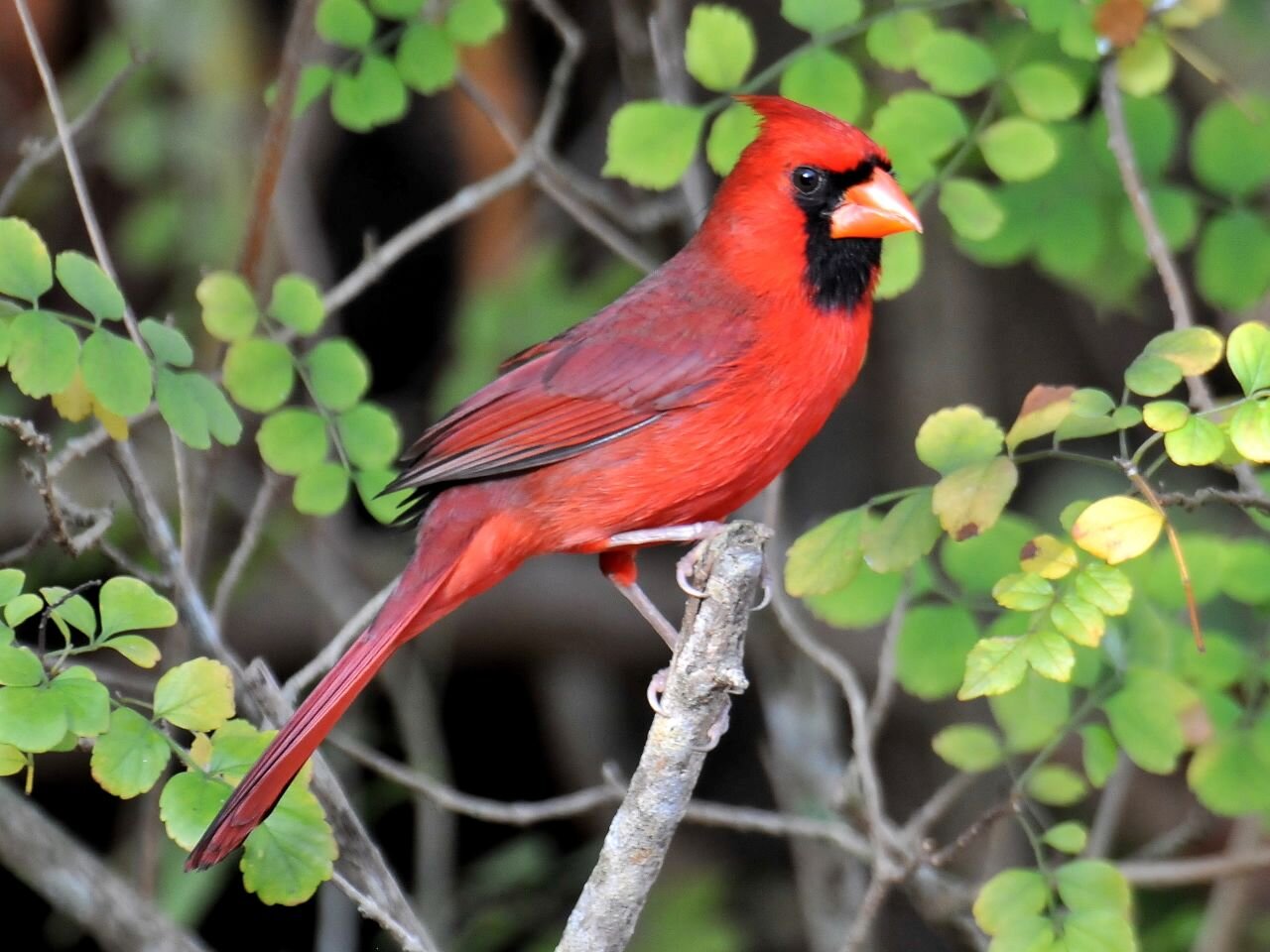A Hart Beat reader commented after the last column that he was surprised to learn that there were no Red-bellied Woodpeckers in Pennsylvania when I began birdwatching as a Boy Scout back in the 1940s. That got me thinking about all the other changes that have occurred in these intervening years.
To begin with, the temperatures have changed dramatically. For example, back then when I was a boy, we would begin ice-skating on a local pond in the town park shortly after Thanksgiving and ice-skate there every day all winter long until late February or early March. The local fire company would periodically spray fresh water on the pond to provide a smooth surface once again. Now, that same pond seldom even gets a skim of thin ice on it and there has not been any ice-skating there or any other outside body of water in my Pennsylvania home area for as long as I can remember. It only makes sense that with the warming weather many bird species have expanded their ranges north.
Besides the Red-bellied Woodpecker which first appeared in Pennsylvania sometime in the late 1950s, I saw my first Northern Mockingbird (top of page) in 1951 on a visit to the Naval Academy in Annapolis, Maryland. Yes, there were no Northern Mockingbirds in Pennsylvania in those days. Northern Cardinals (photo 2), which now often appear eight or 10 at a time at our feeders, were quite an uncommon but very welcome sight. Southern birds have expanded their territories north. In a way, the reverse is also true. Every winter we would see some bird species such as Northern Shrikes, Goshawks, White-winged and Red Crossbills, and Evening Grosbeaks. (All bird species we saw before I was into photography and spending my winters in Florida!) Now those same species are rarely seen in the winters.
Other bird species that were extremely rare have recovered well as a result of strong efforts to bring them back. I remember my excitement when I saw my first Osprey (photo 3) at the New Jersey shore in the early 1950s, initially mistakenly thinking it was my first Bald Eagle (photo 4) which I subsequently saw at Hawk Mountain on the Kittatinny Ridge an hour north of our Pennsylvania home. And my first ever Wild Turkey (photo 5) was on a field trip to the Quabbin Reservoir in Massachusetts in the early 1970s. Now, all three species occur regularly on our Pennsylvania farm, and of course, all three are now common in Florida.
Another significant change has been the diminished numbers of some species. When I was a teenager there were at least five different locations in my hometown where one could find Barn Owls (photo 6). There was a feed mill in a nearby town where Barn Owls nested in plain sight and were accustomed to birders coming to watch them raise their chicks year after year. Today, I am told by knowledgeable birders that there is not a single known Barn Owl location anywhere in my home Pennsylvania county, which is larger than St Lucie, Martin and Indian River counties combined.
Perhaps the saddest change has been the reduction of the number of birds in many species, but most glaring has been the reduction of the numbers of warblers passing through every spring on their way north to breed. We would look forward to the four or five times during each northern migration when we would observe a “warbler wave,” those times when the weather conditions combined to send literally thousands of warblers in virtually every imaginable species through our area. The trees would be dripping with warblers; we would be watching one warbler while three or four or more would pass right through our binocular fields. It was not uncommon on such days to record as many as 22 to 24 species of warblers in a matter of an hour or two, including such unusual species as Mourning Warblers (photo 7). I have never experienced such a “warbler wave” as an adult. Today birders get excited if they see 15 species of warblers in a day and then generally only one or two birds of each species.
Birding itself has also changed. My birder Scoutmaster, who got me into the sport, and I were the only birders either one of us knew. Bird feeders had to be built and were rare; There were no bird feed stores or bags of bird seed in supermarkets, no birding hot-lines and, of course, no computers, much less an internet from which to glean birding information. Peterson’s bird book with its few bird paintings and mostly line drawings of the different species was the only available guide.
Life itself is constantly changing and hopefully improving as it evolves. But while things in many areas are definitely getting better, there are also areas where they are also getting worse. Think global warming.
But it is the constant change that makes life interesting and the uncertainty of what the future holds in store for us that keeps us looking ahead. I know my life and the world around me have taken many significant twists and turns in my 89 years. I can only dream of what new discoveries and improvements will be made in the coming years, many of which we can’t even comprehend.
I write this column on a computer which I, as a youngster could never even have imagined, and I now carry in my pocket a smart phone that has more computing power than existed for the astronauts on their first trip to the moon. The birds are similarly adjusting, changing their migration patterns and extending and reducing their ranges as climate changes dictate. It will be interesting to see what the future holds for birds and birding as well. Maybe some day in the long distant future birds will rise up and dominate the world. Birders should be in a unique position to watch that takeover occur. So, keep on the lookout and always have your binoculars ready. Another reason to keep watching birds!







